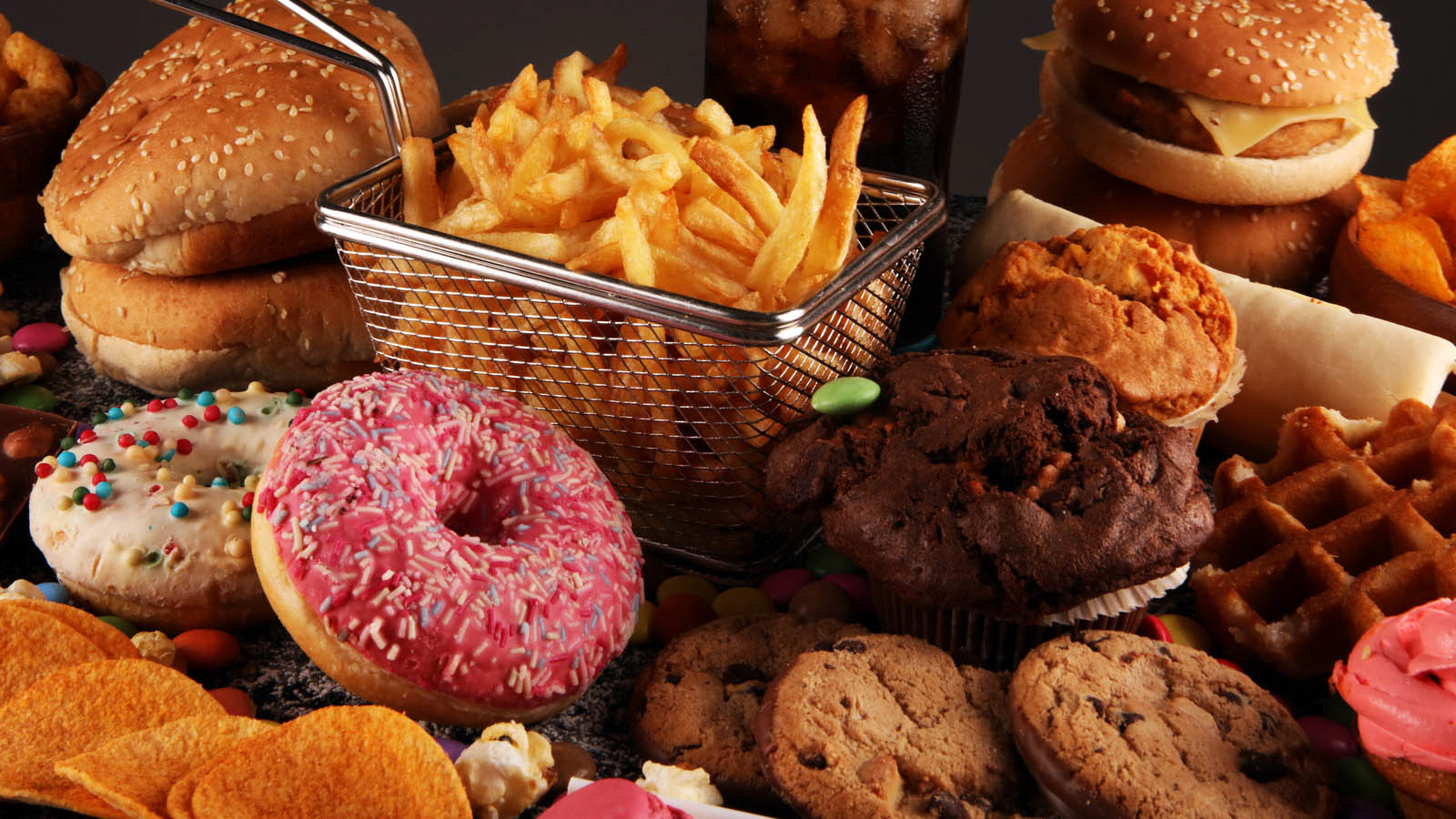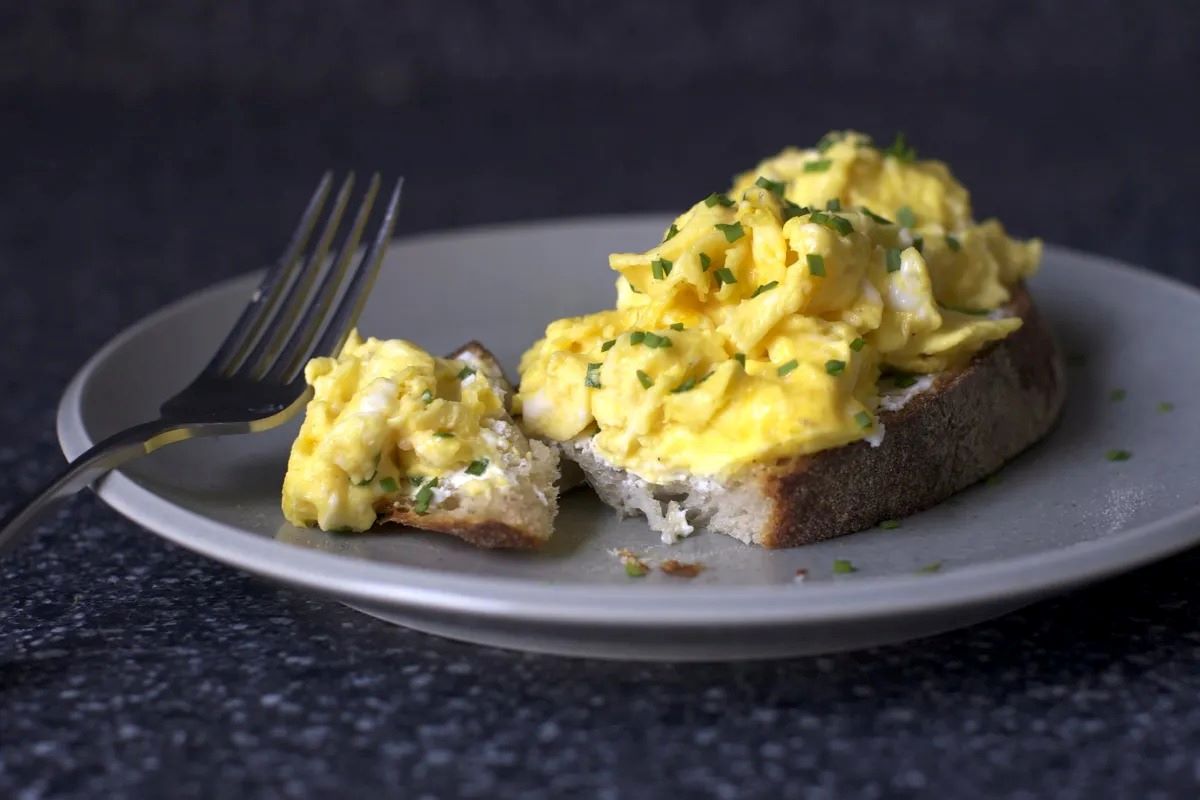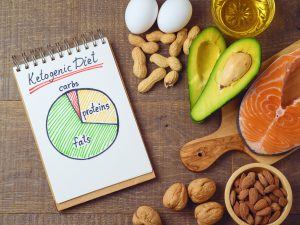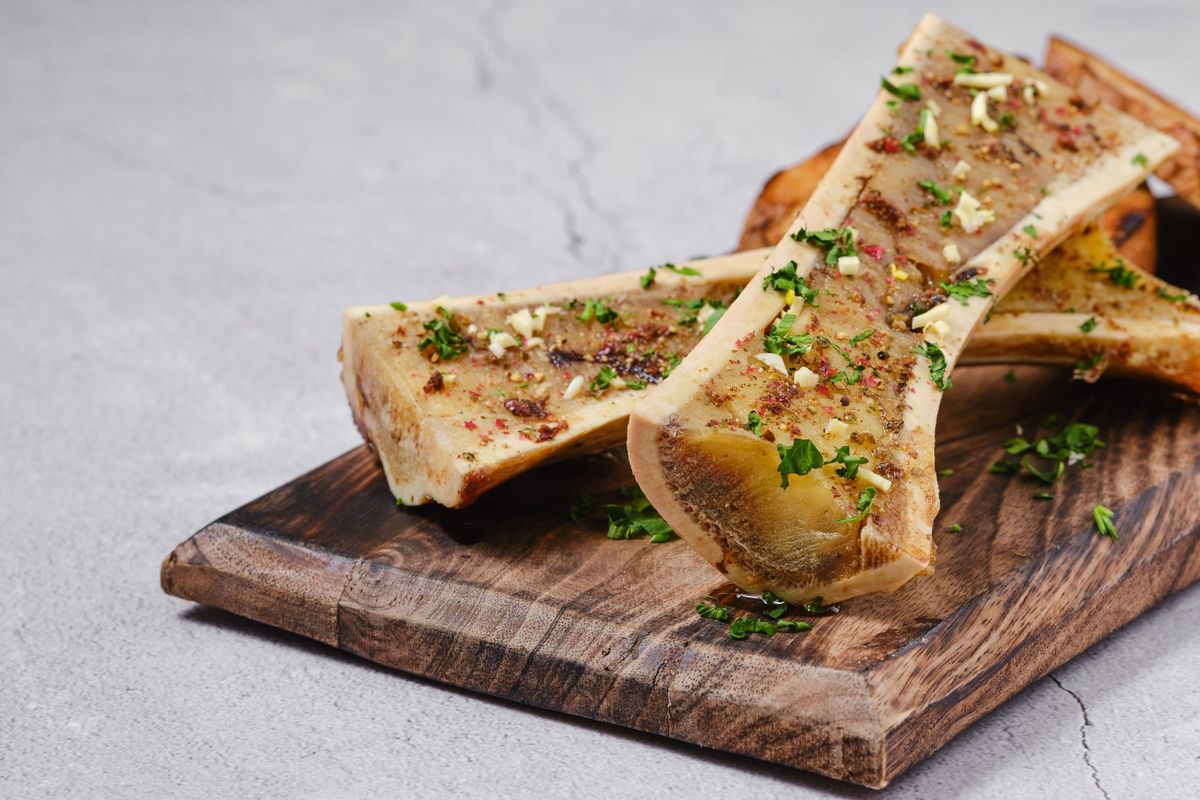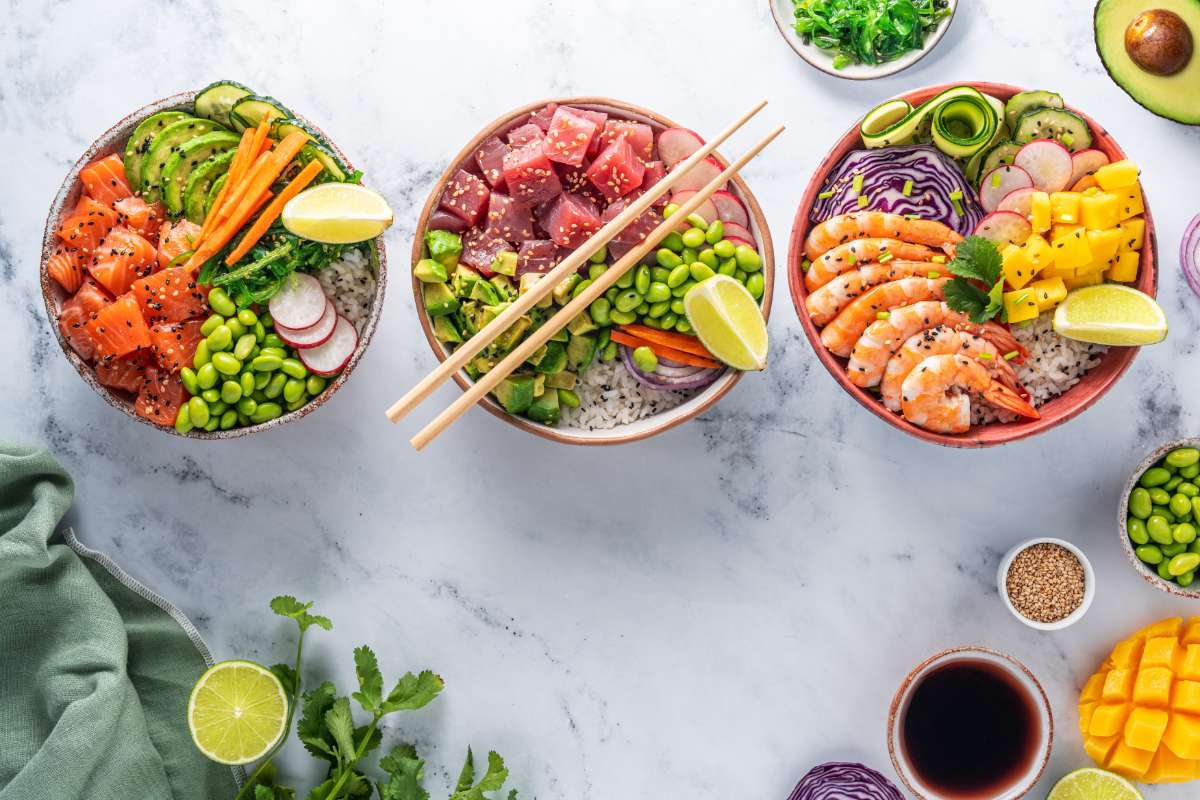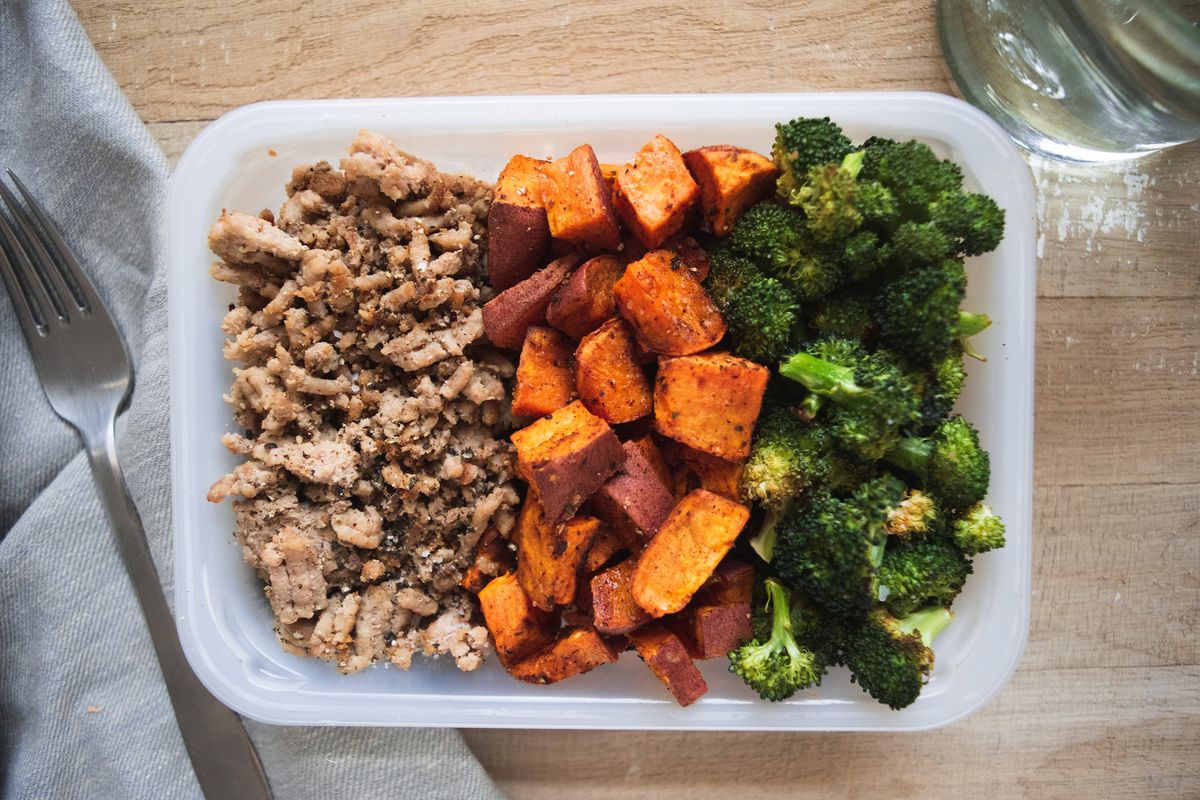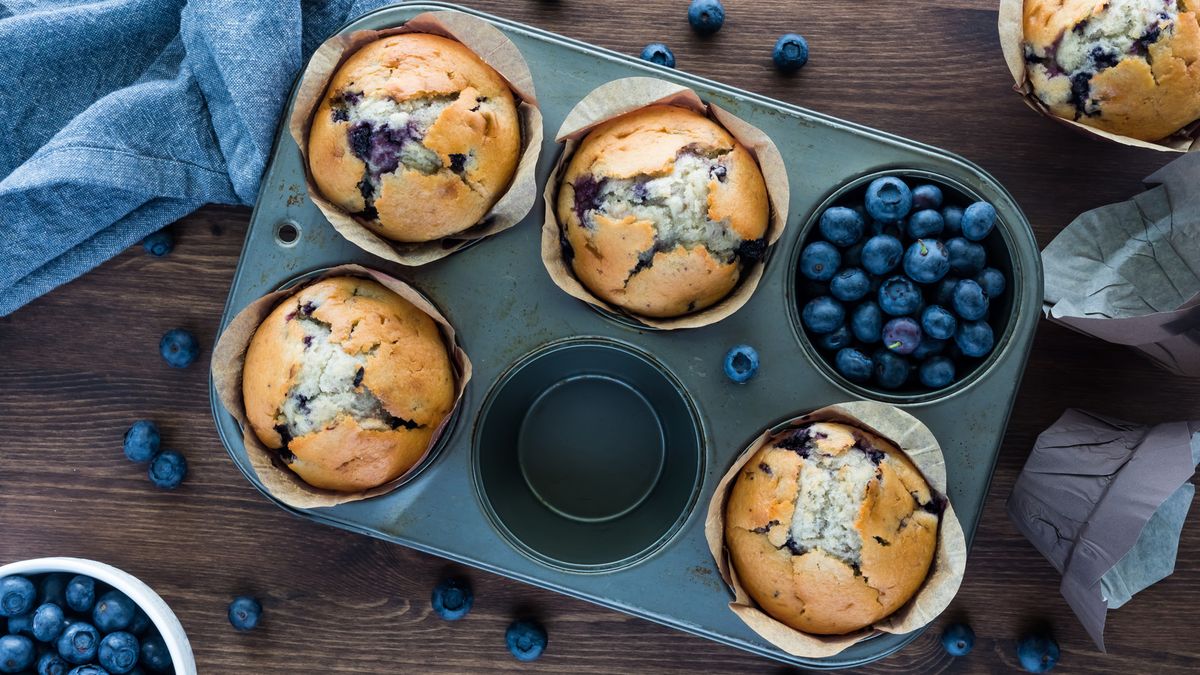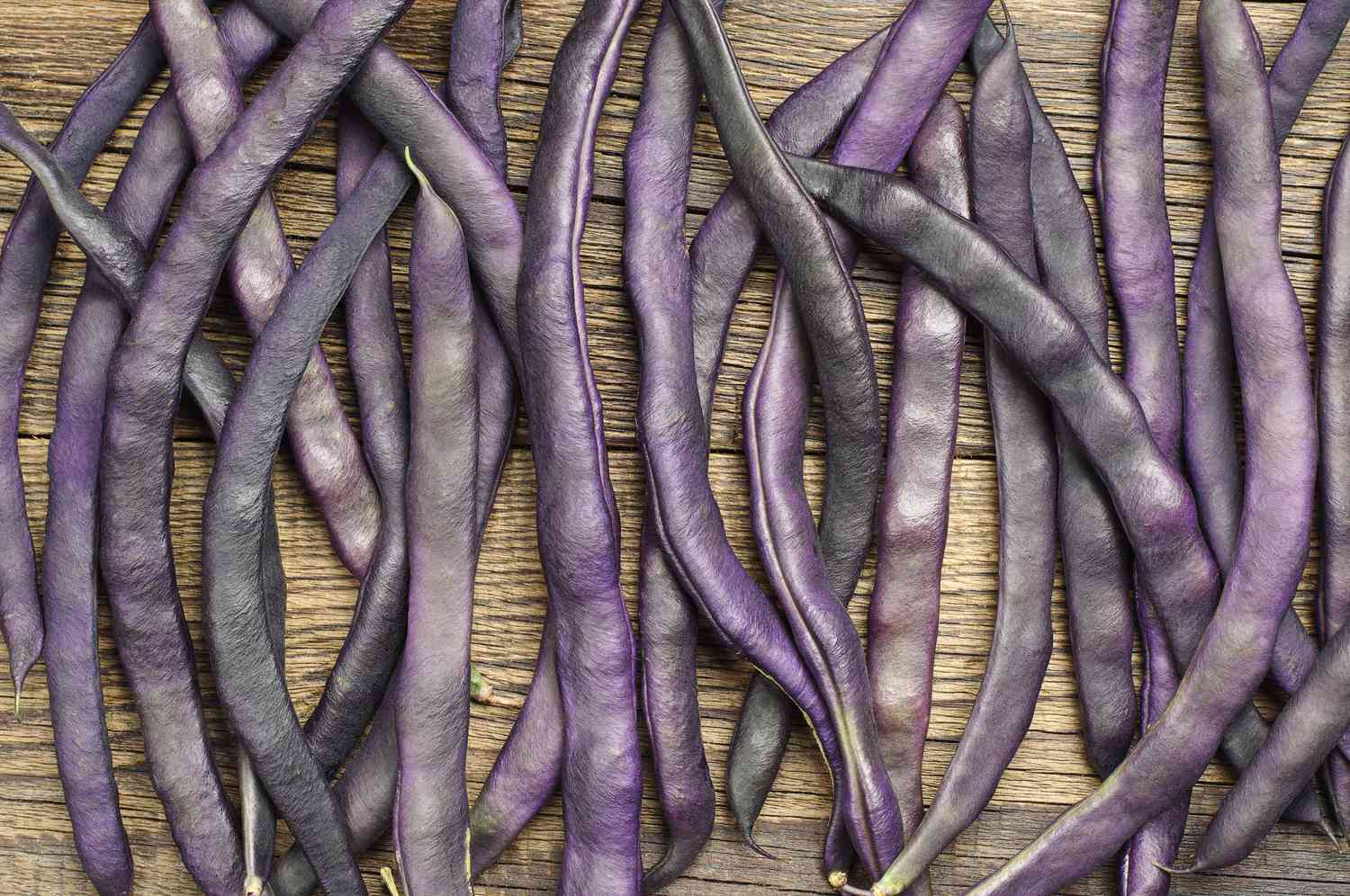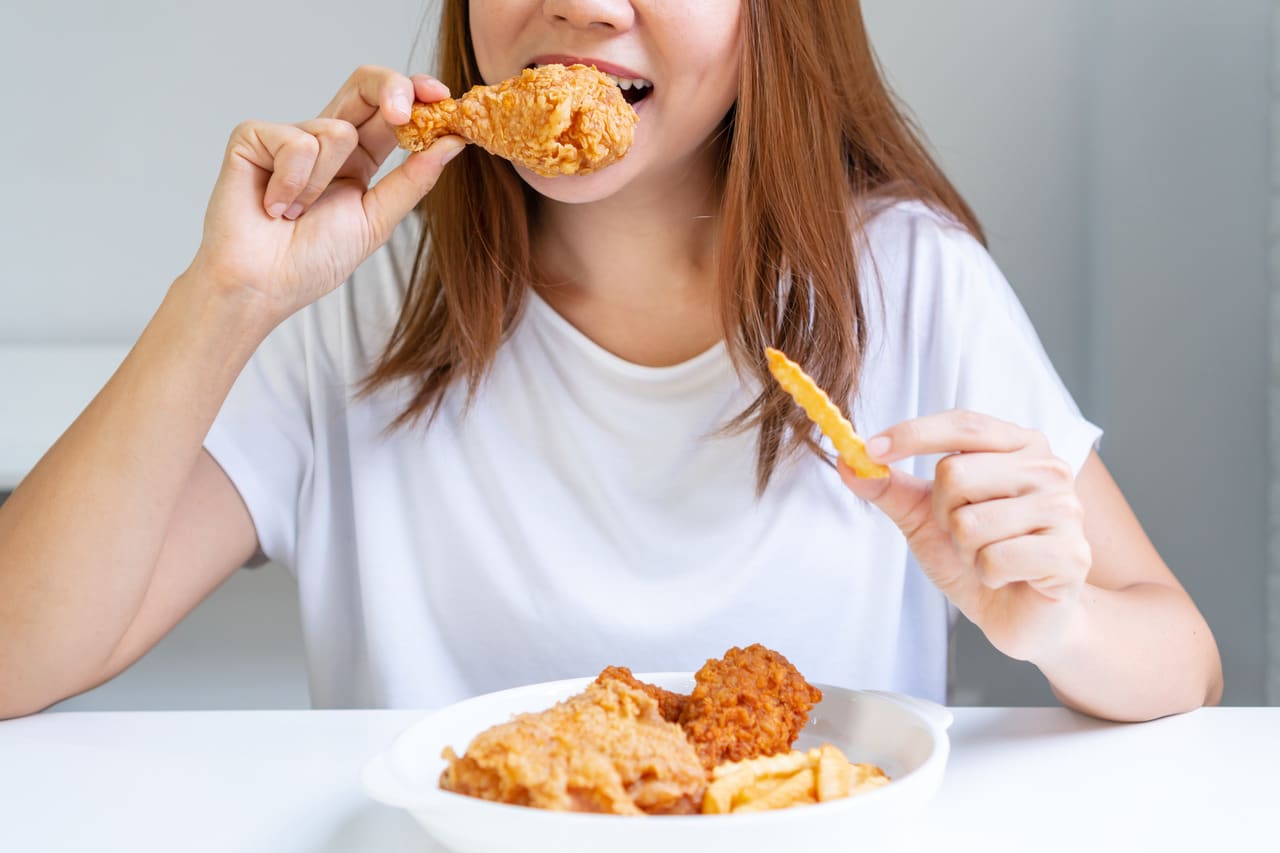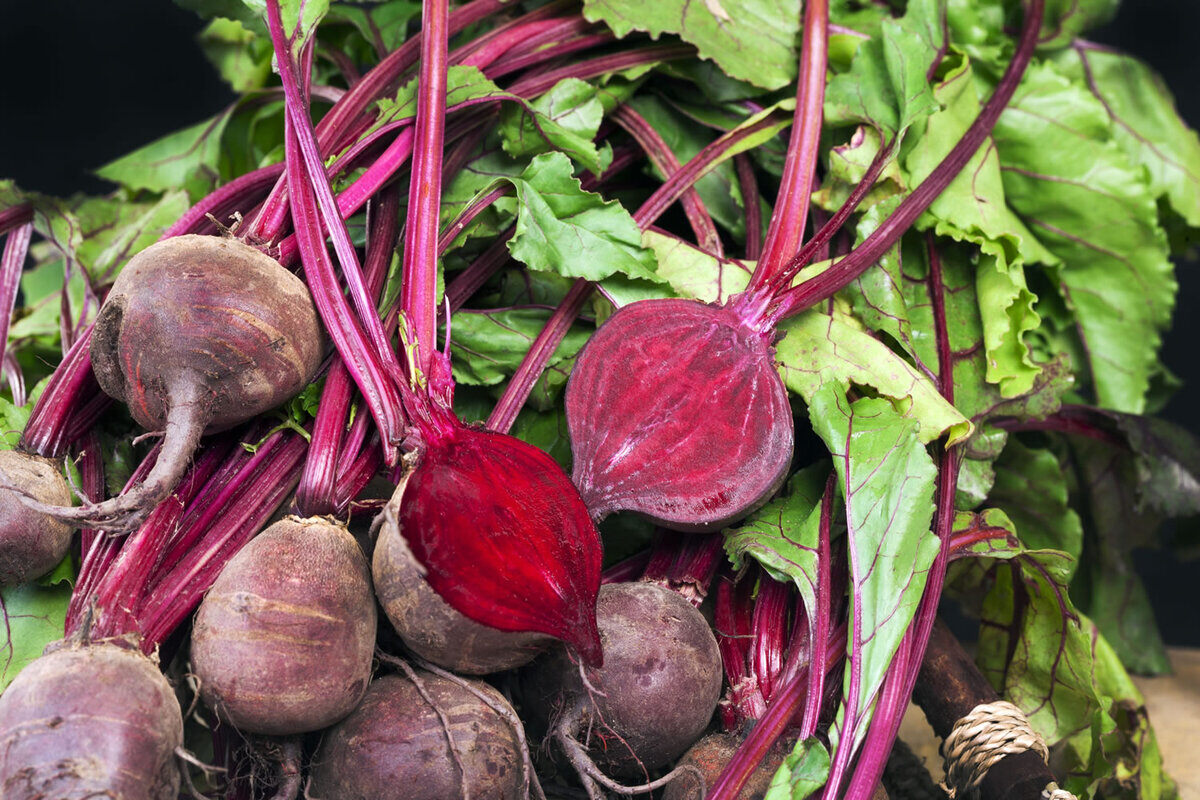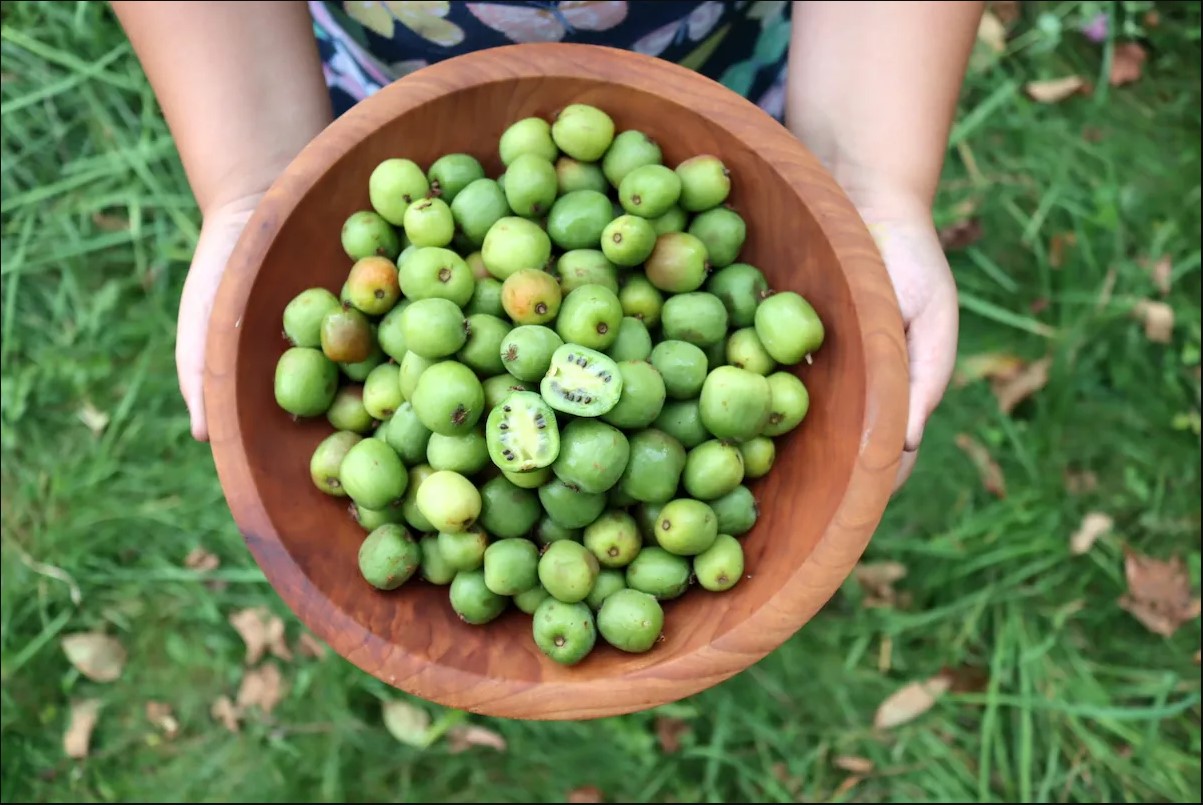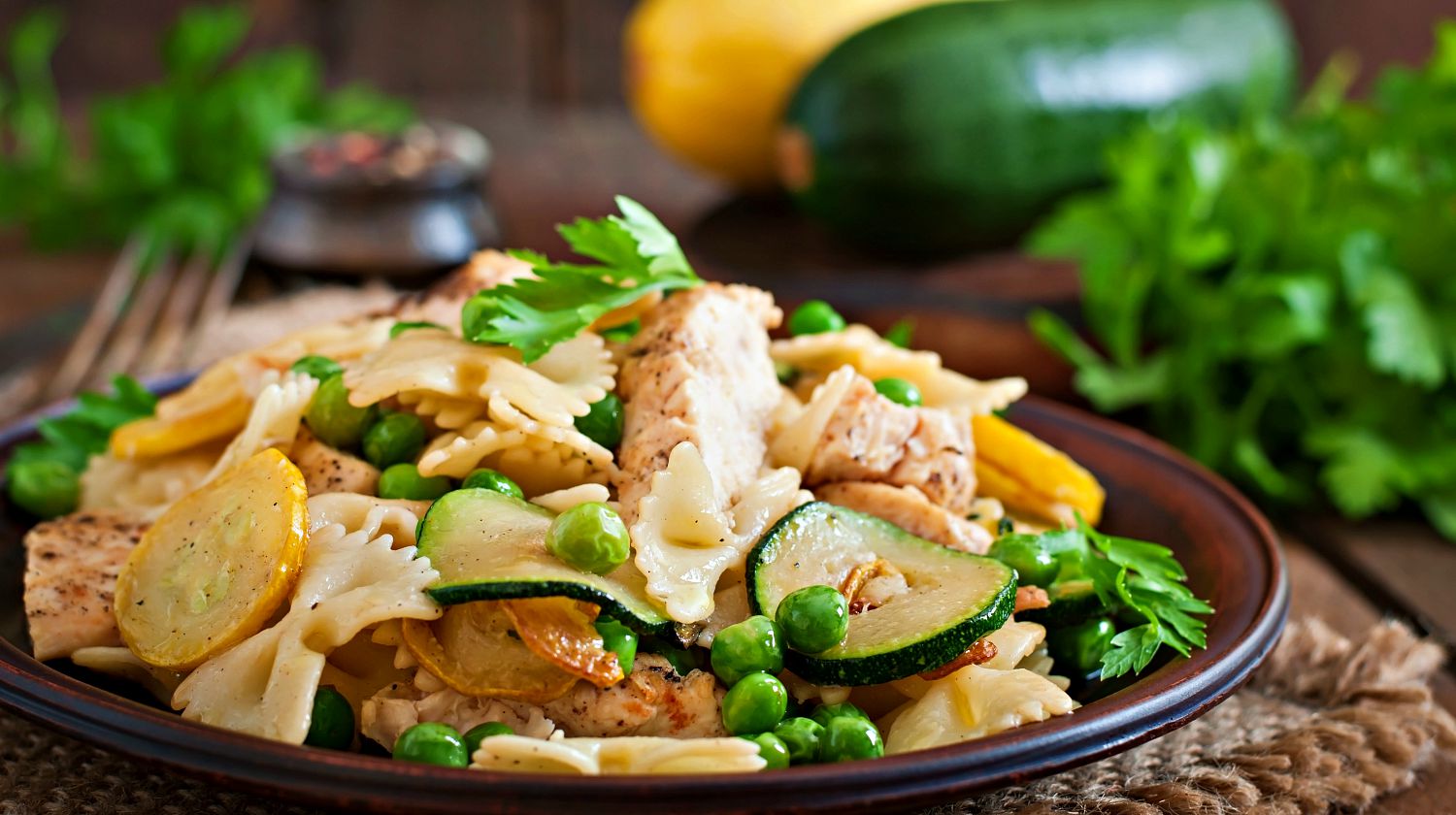Enjoying a High-Fat Diet Without Protein
Are you looking to increase your fat intake while minimizing your protein consumption? Whether you’re following a specific dietary plan or simply want to explore new ways of eating, there are plenty of delicious and satisfying options available to help you achieve your goals. By focusing on high-fat, low-protein foods, you can create meals and snacks that are both nutritious and enjoyable.
Understanding the Role of Fat in Your Diet
Fat is an essential macronutrient that provides the body with energy, supports cell growth, and helps the body absorb certain vitamins. While protein is important for muscle growth and repair, there are times when you may want to limit your protein intake while still meeting your energy needs. In these instances, incorporating more healthy fats into your diet can be a beneficial strategy.
Healthy Fats to Include in Your Diet
When it comes to consuming a high-fat, low-protein diet, it’s important to focus on healthy sources of fat. Here are some options to consider:
- Avocados: Rich in monounsaturated fats, avocados are a versatile and delicious addition to salads, smoothies, and sandwiches.
- Nuts and Seeds: Almonds, walnuts, chia seeds, and flaxseeds are all excellent sources of healthy fats that can be enjoyed as snacks or added to meals.
- Coconut Oil: With its high concentration of medium-chain triglycerides (MCTs), coconut oil is a popular choice for cooking and baking.
- Olive Oil: Drizzling olive oil over vegetables or using it in salad dressings can provide a flavorful dose of healthy fats.
- Fatty Fish: Salmon, mackerel, and sardines are rich in omega-3 fatty acids, making them a valuable addition to a high-fat, low-protein diet.
Meal Ideas for a High-Fat, Low-Protein Diet
Creating satisfying meals without relying heavily on protein can be an enjoyable culinary challenge. Here are some meal ideas to inspire your high-fat, low-protein eating plan:
- Avocado and Egg Salad: Combine diced avocado with hard-boiled eggs, olive oil, and a squeeze of lemon for a creamy, protein-light salad.
- Coconut Curry Soup: Simmer coconut milk, curry paste, and an assortment of vegetables for a rich and flavorful soup that’s low in protein.
- Nutty Stir-Fry: Sauté a variety of vegetables in coconut oil and toss them with a sprinkle of toasted almonds or cashews for added crunch and healthy fats.
- Smoked Salmon Wrap: Wrap smoked salmon, avocado, and mixed greens in a large lettuce leaf for a protein-light, high-fat meal option.
Snack Options for a High-Fat, Low-Protein Diet
When hunger strikes between meals, having a selection of high-fat, low-protein snacks on hand can help you stay satisfied without relying on protein-heavy options. Consider these snack ideas:
- Guacamole and Veggie Sticks: Dip sliced bell peppers, cucumber spears, or celery sticks into creamy guacamole for a satisfying and nutritious snack.
- Chia Seed Pudding: Mix chia seeds with coconut milk and a touch of sweetener for a creamy, high-fat pudding that can be enjoyed as a snack or dessert.
- Olives and Nuts: Create a simple snack plate featuring a variety of olives and mixed nuts for a flavorful and filling option.
Final Thoughts
Embracing a high-fat, low-protein diet can open up a world of culinary possibilities while still providing the nourishment your body needs. By incorporating a variety of healthy fats into your meals and snacks, you can enjoy a satisfying and flavorful eating experience without relying heavily on protein. Whether you’re exploring this dietary approach for health reasons or simply want to shake up your eating routine, there are plenty of delicious options to explore.
More Delicious High-Fat, Low-Protein Recipes to Try
For those looking to incorporate more fats into their meals, the recipes listed offer a variety of delectable choices. Whether you're starting your day or looking for a satisfying dessert, these recipes provide ample opportunities to enjoy healthy fats with minimal protein. Highly recommended is the Avocado Chocolate Mousse for a rich, creamy dessert that combines the goodness of avocados with the indulgence of chocolate. For a savory option, try the Garlic Butter Sautéed Mushrooms, which highlight the natural flavors of mushrooms with a rich, buttery finish. These recipes not only adhere to the guidelines set forth in the article but also ensure a delightful culinary experience.
